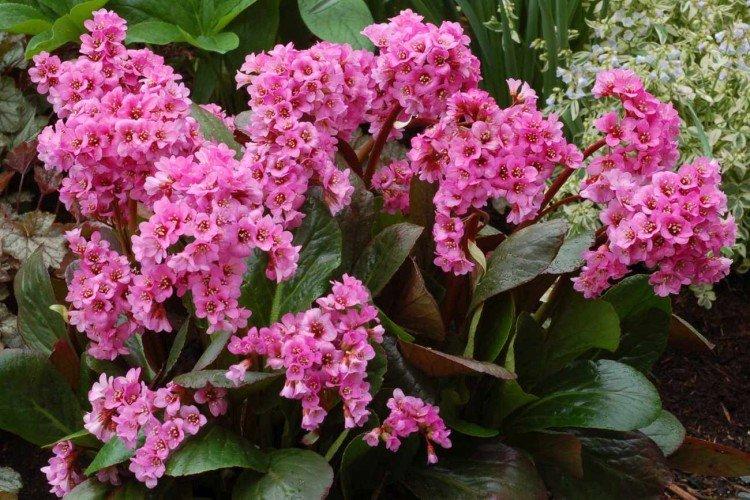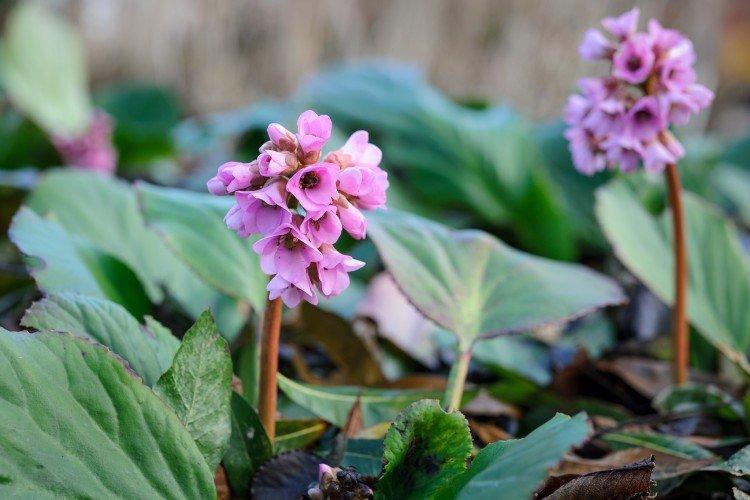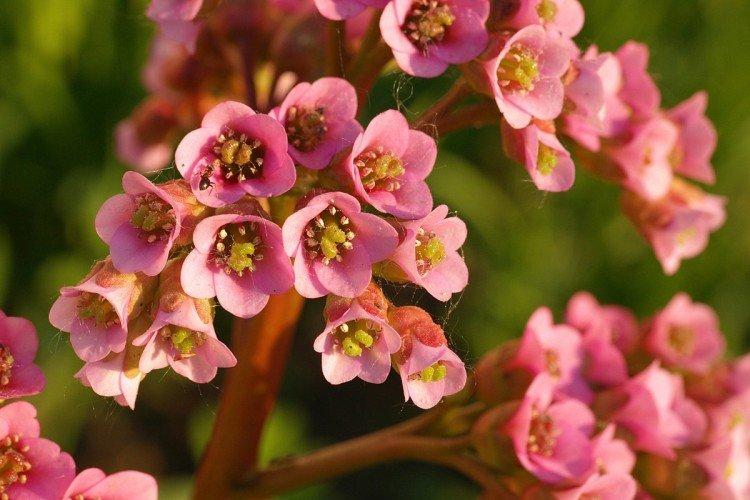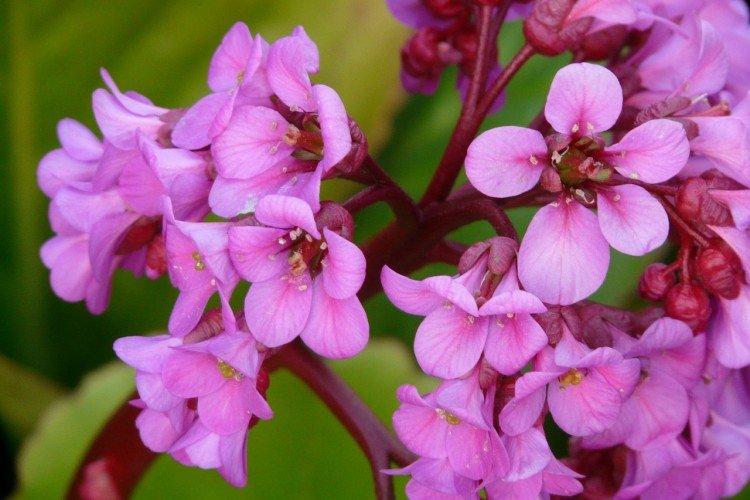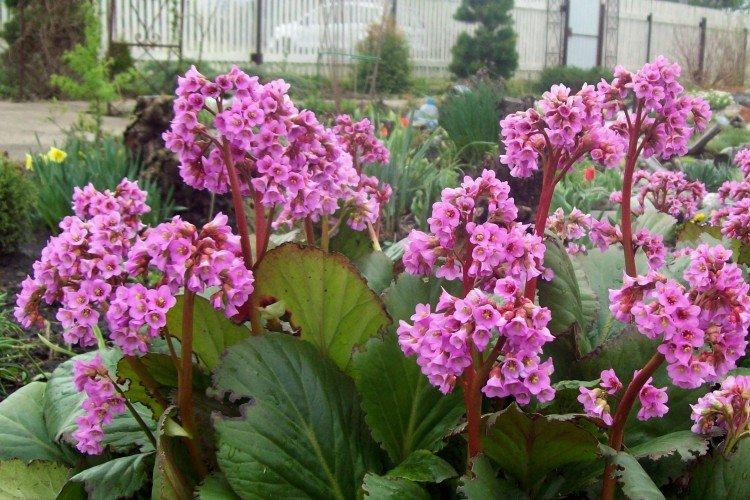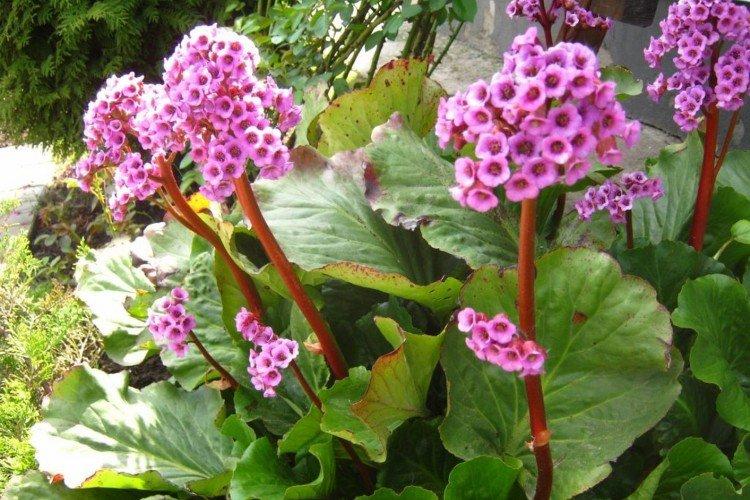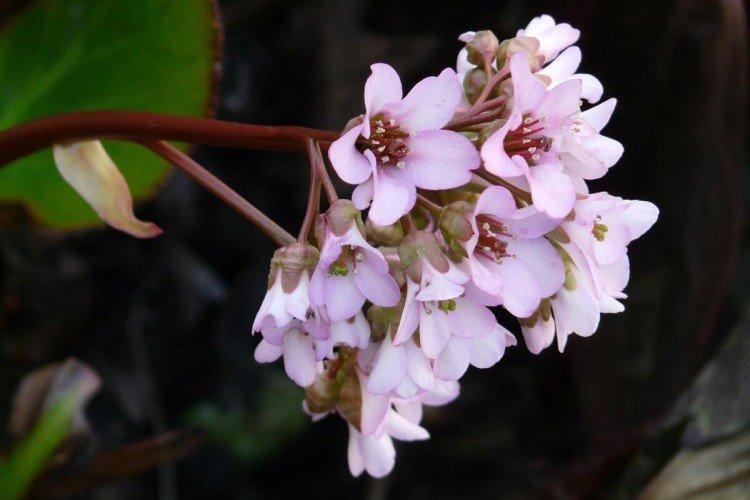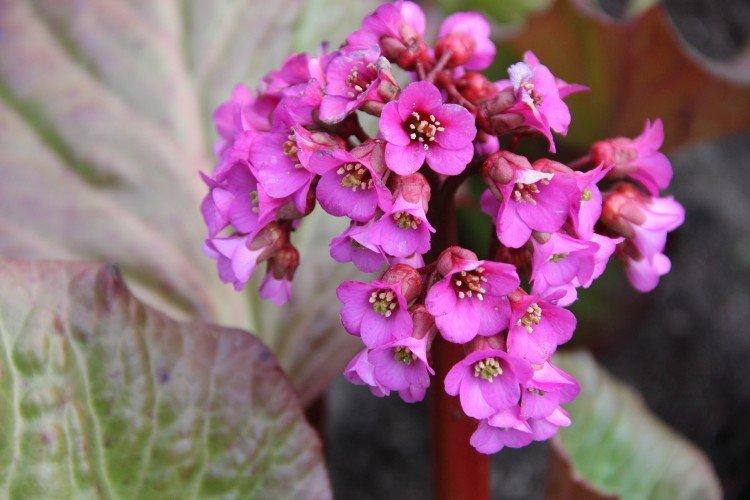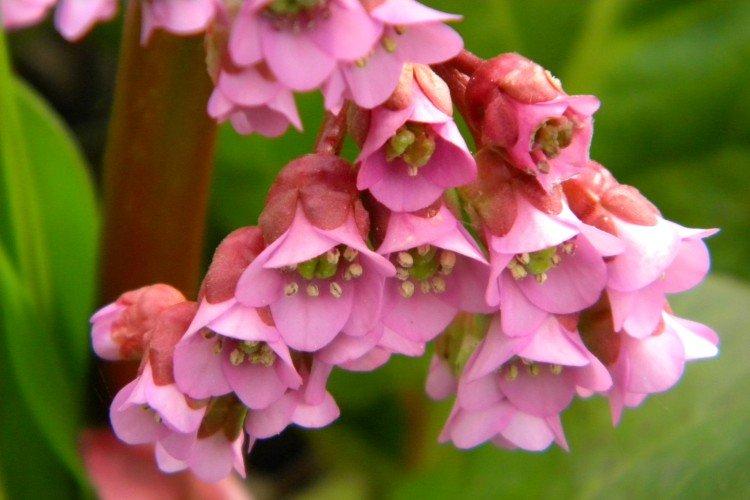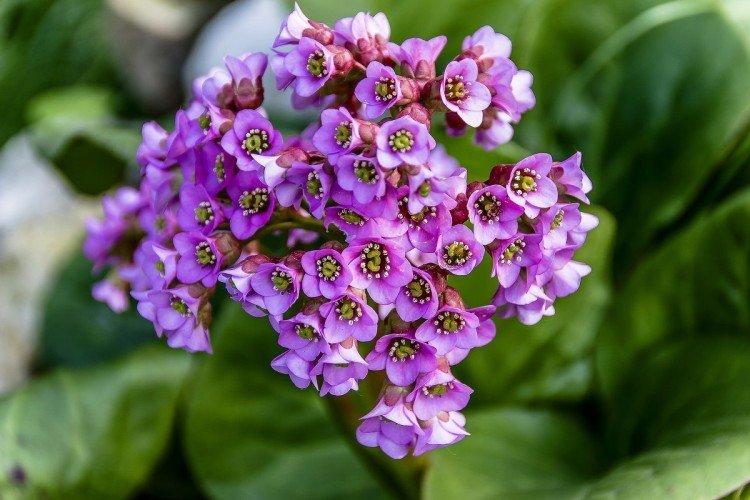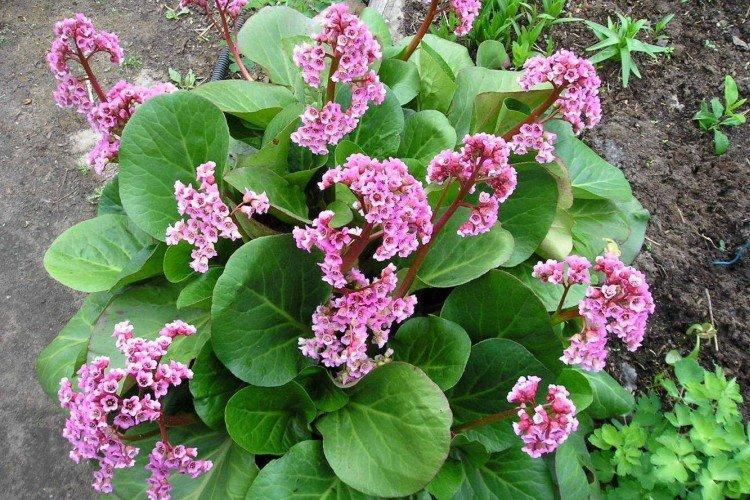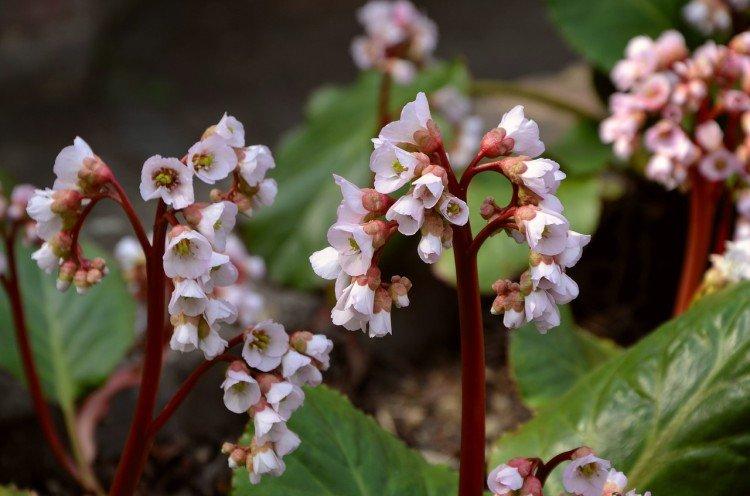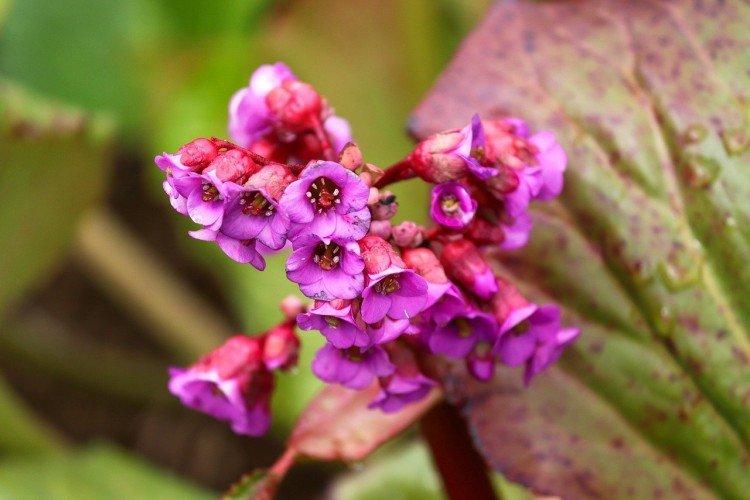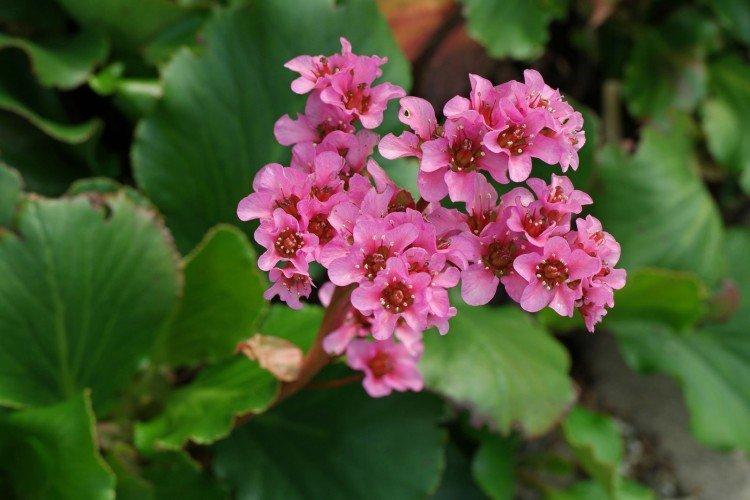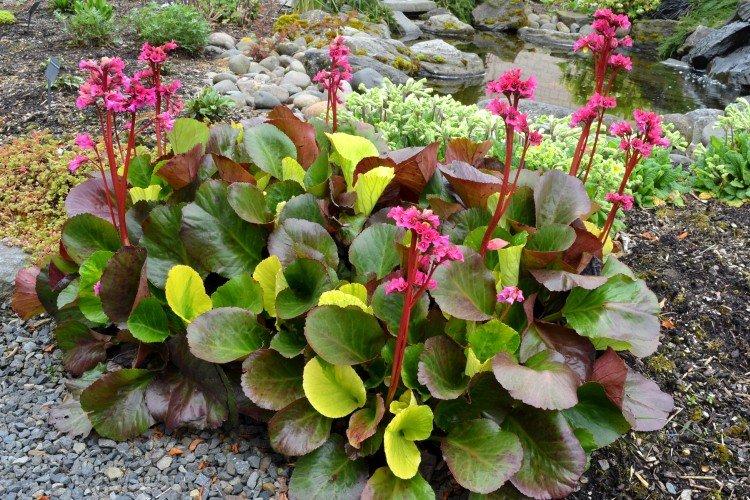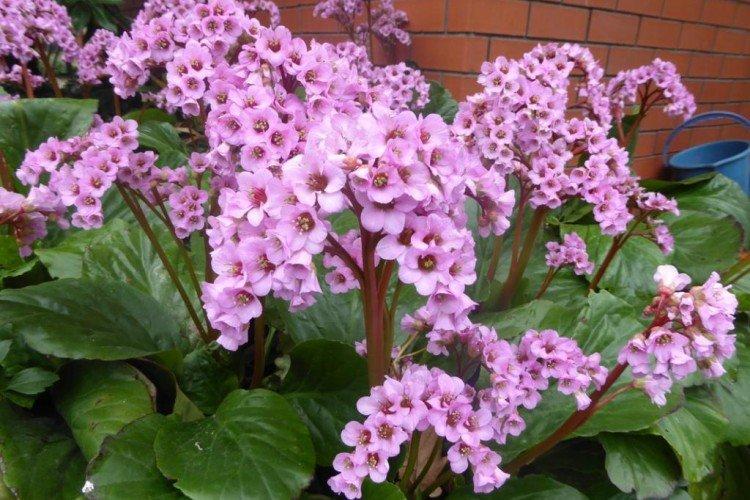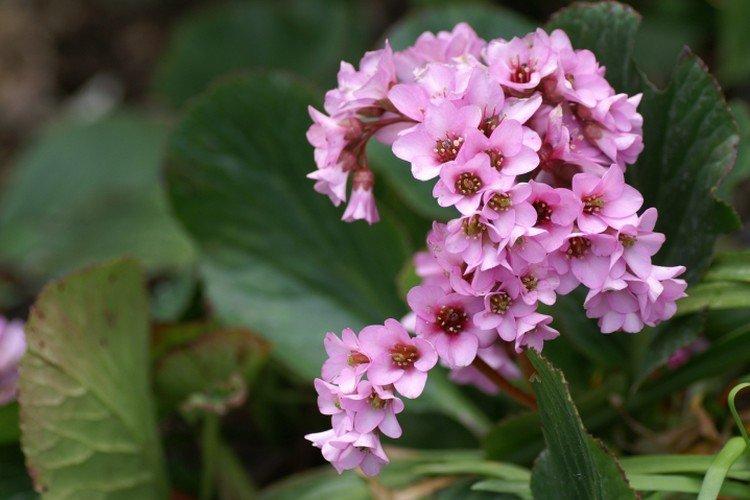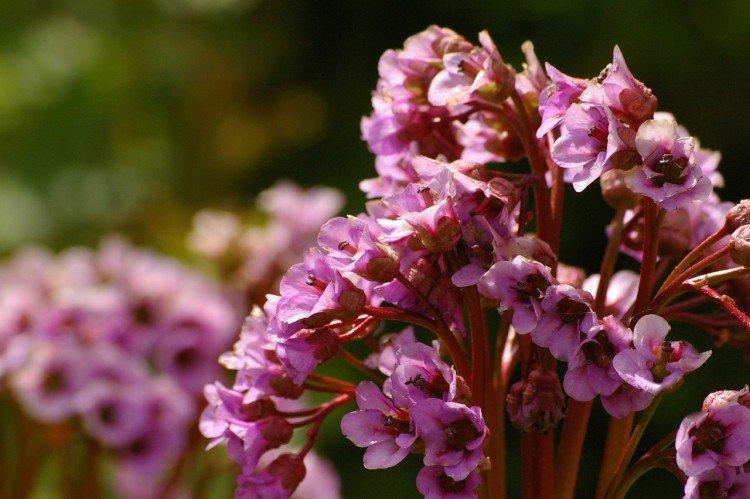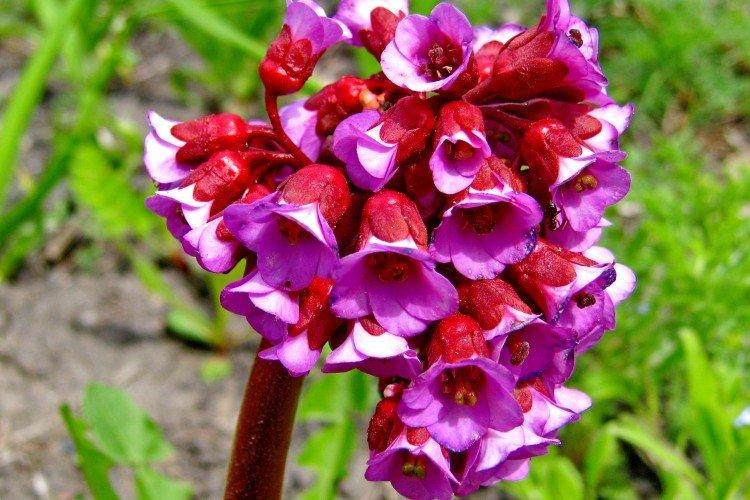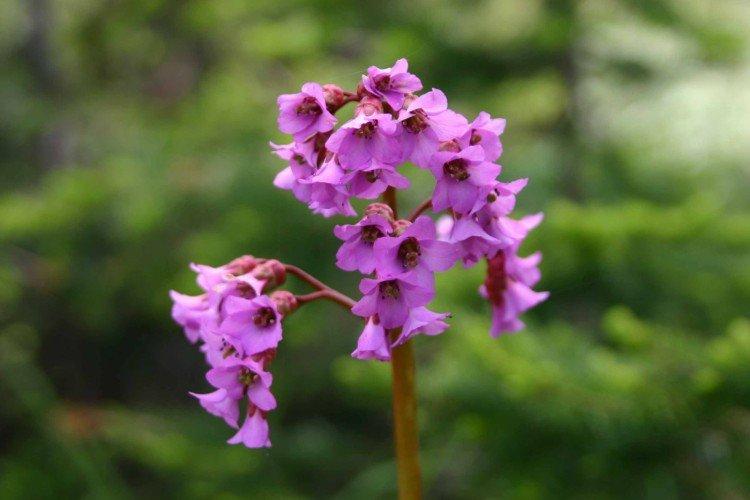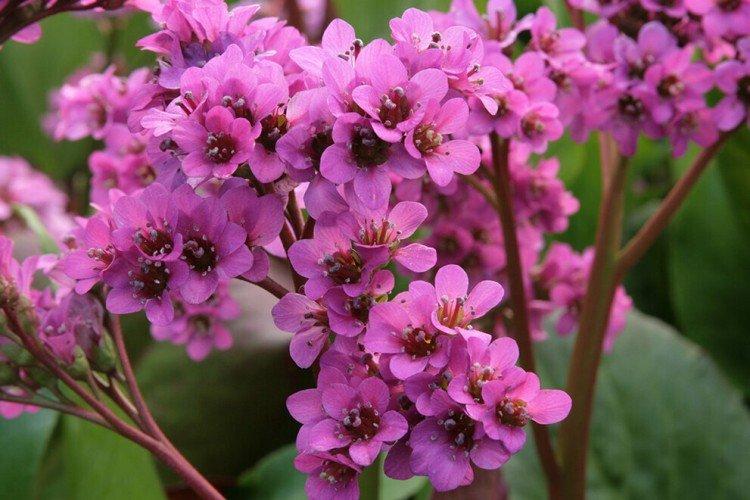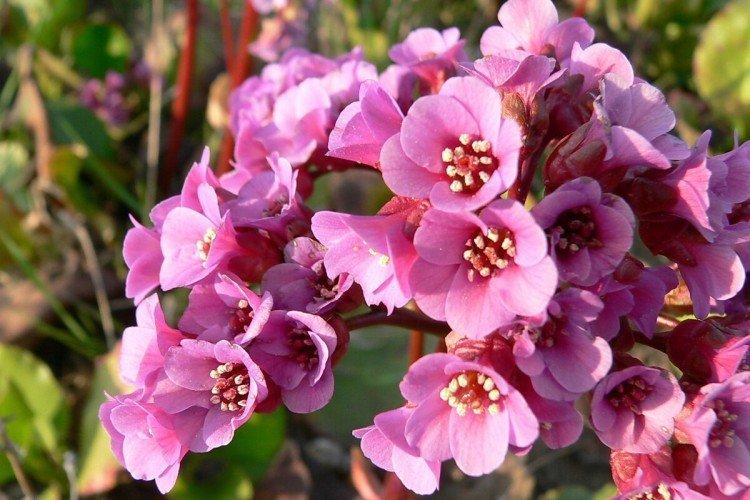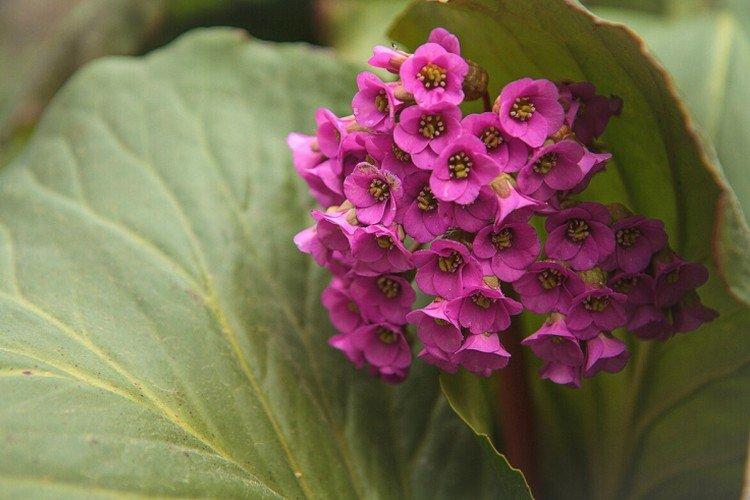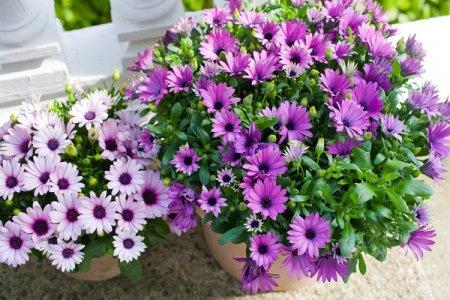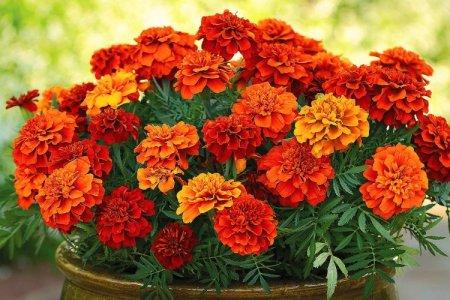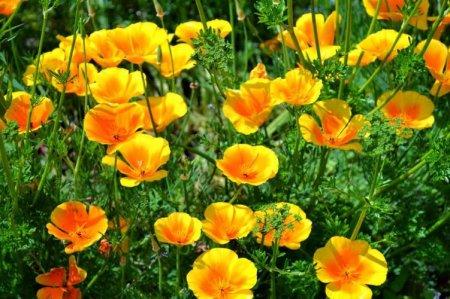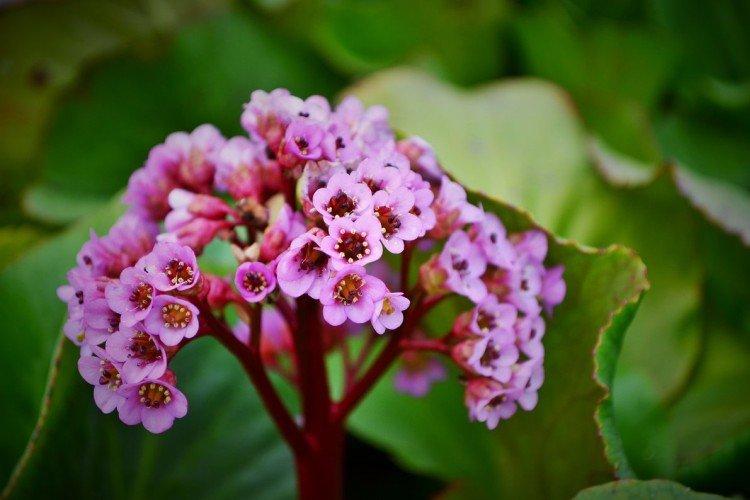
A resident of rocky regions, an unpretentious badan perfectly took root throughout Russia from south to north. He is loved for its large leaves, bright voluminous inflorescences and the ability to grow fantastically in any conditions. And also - for the absolute absence of whims during leaving. So badan is suitable even for novice gardeners!
general information
Badan is a perennial herb from the extensive saxifrage family. By the way, it also has a more romantic folk name - Bereginya. There are annual and perennial varieties.
Badan has very effective leathery leaves, collected in lush squat rosettes. A horizontal rhizome can grow up to 35 cm in width, so take this into account when planting. Panicle inflorescences are collected from graceful white, pink and red buds that resemble glasses. Badan blooms by early summer, and one lush inflorescence can have more than 100 buds.
Some varieties of badan are used in folk medicine and even make tea from the leaves. It has pronounced antibacterial and hemostatic properties, and in addition, it is used to treat cardiovascular and respiratory diseases.
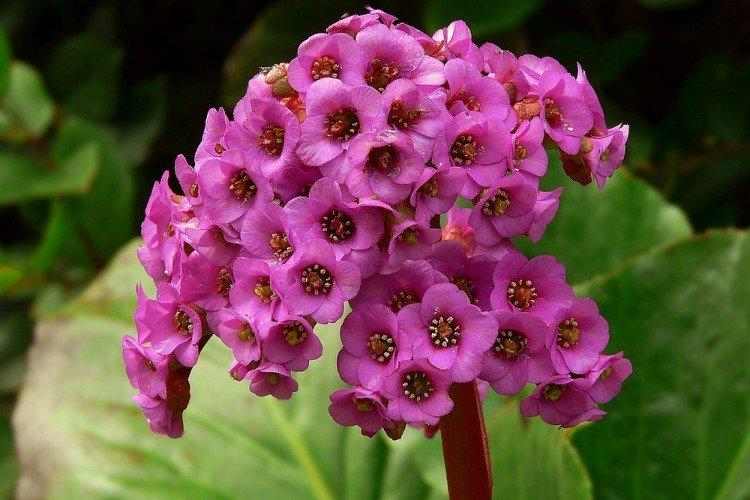
Types of badan
There are about a dozen types of badan, not counting numerous hybrids and sub-varieties, but not all of them are cultivated for decorative purposes. We recommend paying attention to these varieties!
Thick-leaved incense
Perhaps the most unpretentious and frost-resistant species with fleshy juicy leaves. In combination with pink flowers, it seems that they are cast bronze.
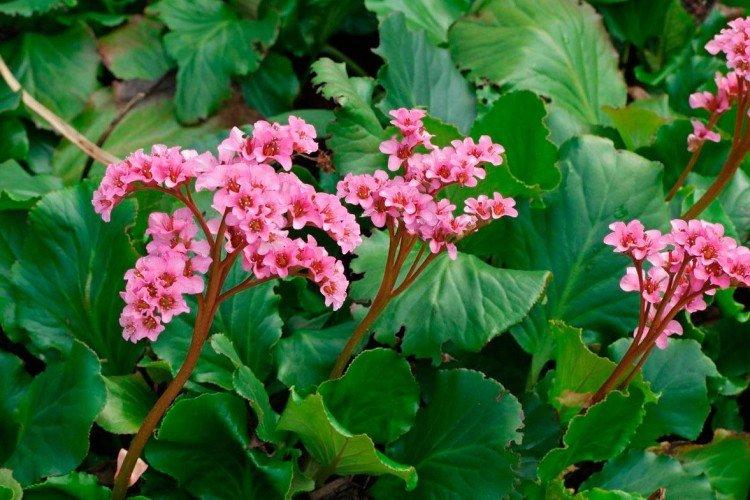
Badan Strechi
In nature, this is a high-mountain variety, which now can already be called a relict one. Tall leaves stretch up to 10 cm, and it blooms in July. Some varieties can change the color of the petals during flowering.
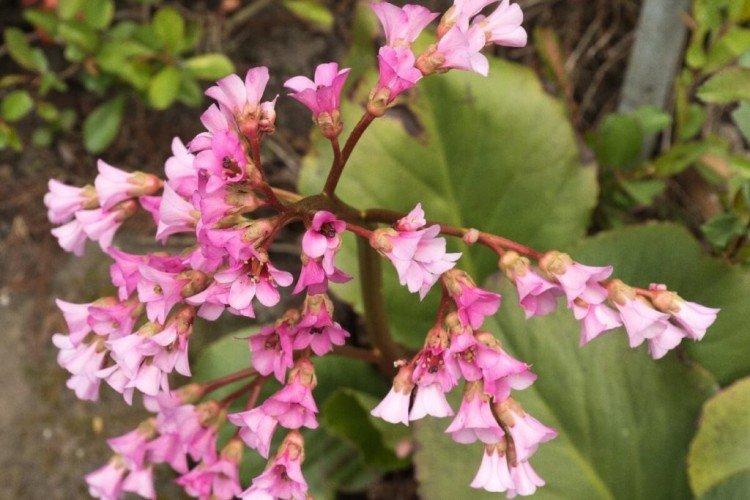
Heart-leaved incense
A very decorative variety with large, heart-shaped leaves, for which it got its name. By the fall, the rosettes are painted in spectacular shades of bronze and purple.
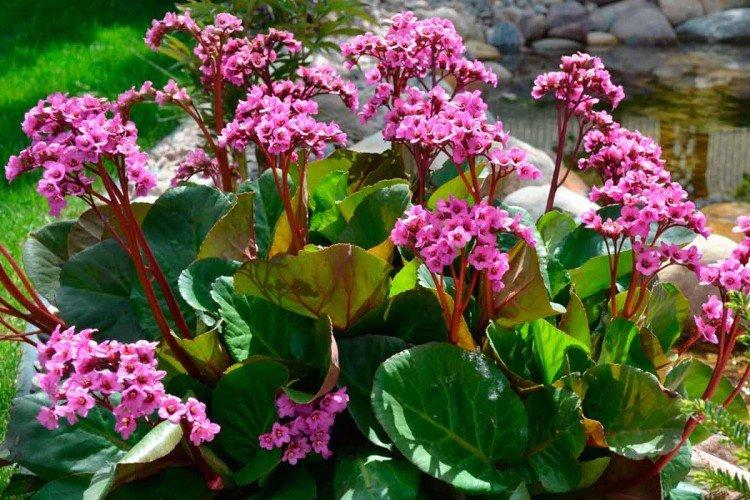
Hissar badan
A rare inhabitant of the mountain range of the same name attracted breeders and flower growers. It has very impressive matte leaves with a carved edge.
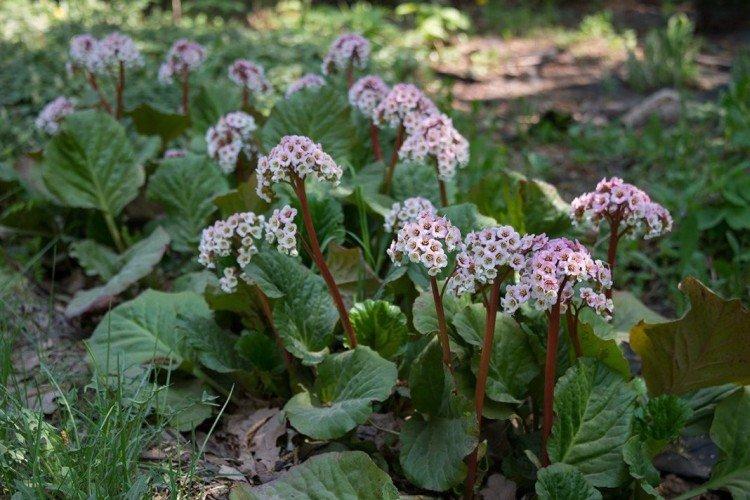
Purple incense
This type could be safely called decorative deciduous. By the fall, its leaves acquire an amazing beetroot hue. But the raspberry inflorescences are also very good.
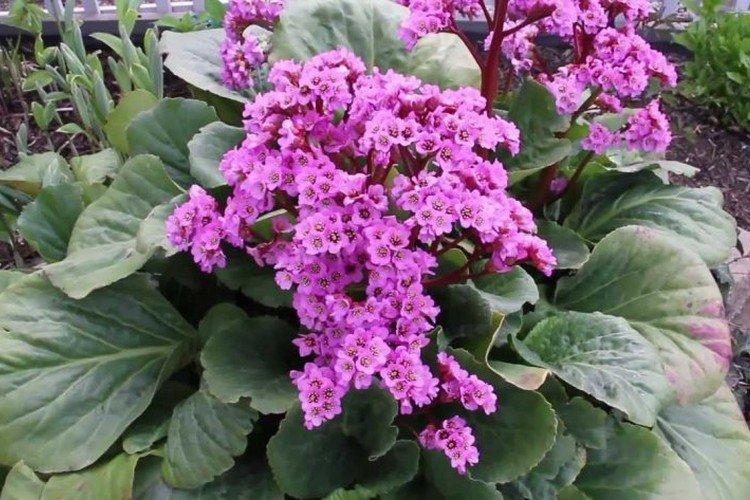
Hybrid badan
An extensive and varied category into which the long-term work of biologists can be combined. There are varieties with simple and double flowers, tall and compact, and even with repeated flowering.
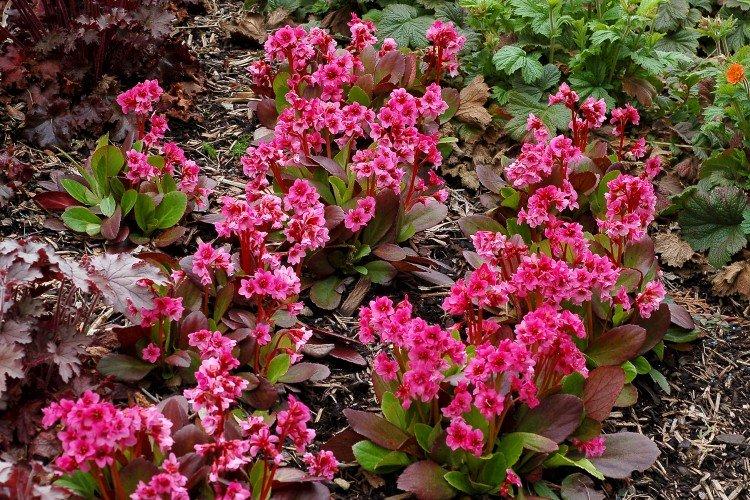
Badan care
Like most saxifrage, bergenia is completely unpretentious in everyday life. It is enough not to let the soil dry out too much. Otherwise, there are no complicated tricks.
Temperature
Badan feels great in our latitudes, and does not need any special temperature regime. Some varieties are sensitive to severe frosts, so it is best to choose for them the southern, but still shady part of the site.
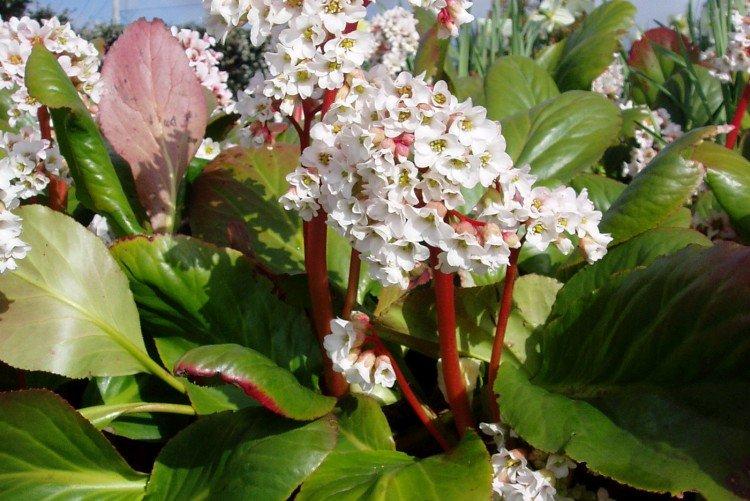
Lighting
Badan is one of the rare plants that are completely indifferent to the level of lighting. Therefore, it can easily refresh even a shady garden, and for this, landscape designers are very fond of it as a ground cover plant.
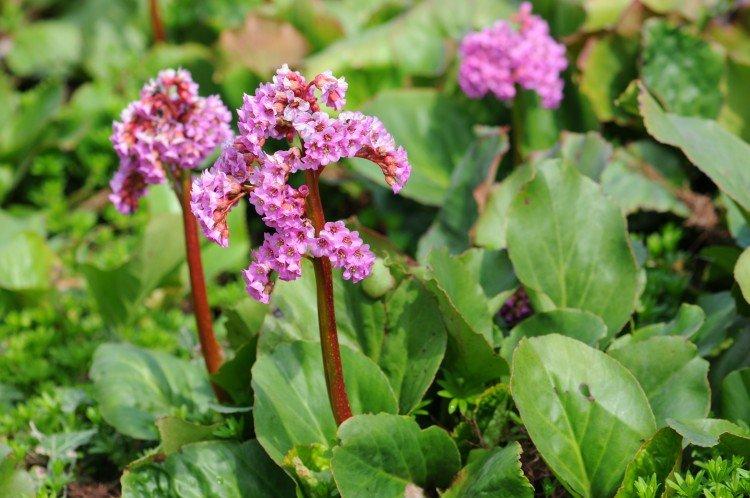
Watering
Badan needs to be watered as the soil dries. But there is one trick. To maintain an optimal level of moisture, its own old leaves are enough, which die off. So if you do not need to remove them for aesthetic reasons, then the plant does not need to be additionally watered at all.
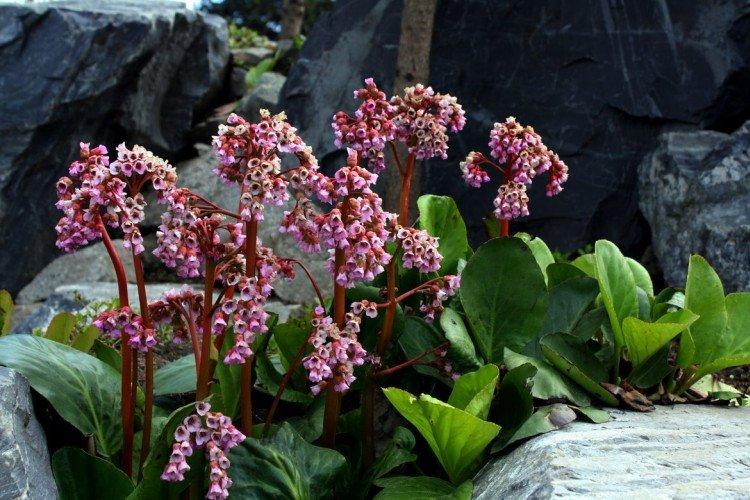
The soil
The root system of badan, with all its vitality, is rather weak, of a horizontal type. Therefore, a light and loose soil is imperative. Ideally slightly alkaline.
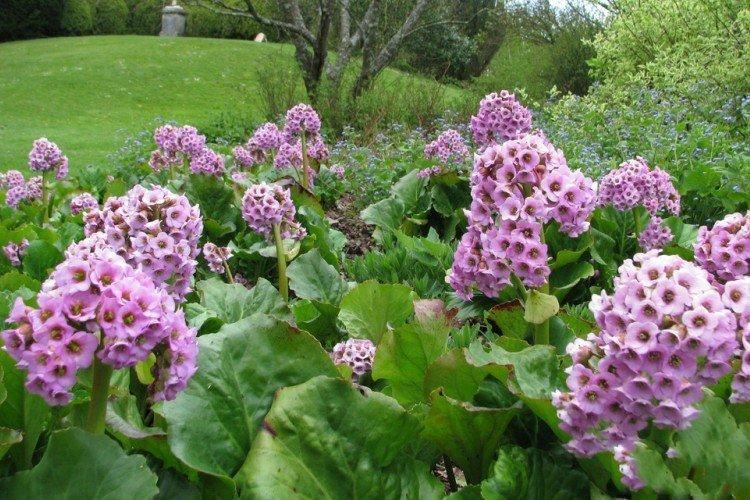
Fertilizers and feeding
Badan does not need to be constantly fed, because this only makes it bloom worse. It is enough to apply complex fertilizers once after flowering to form new healthy rosettes.
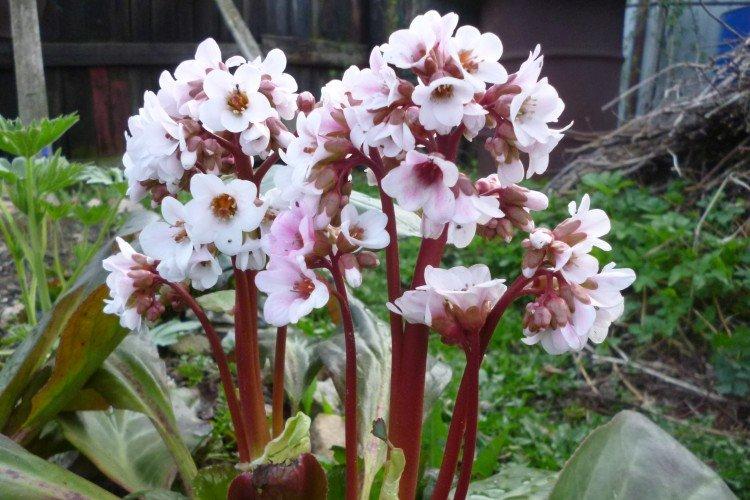
Pruning
Pruning badan is almost unnecessary. Occasionally, you can shorten the most overgrown shoots in the spring. And it is better not to cut off the old leaves, but to cut them off immediately with cuttings, and only in the fall.
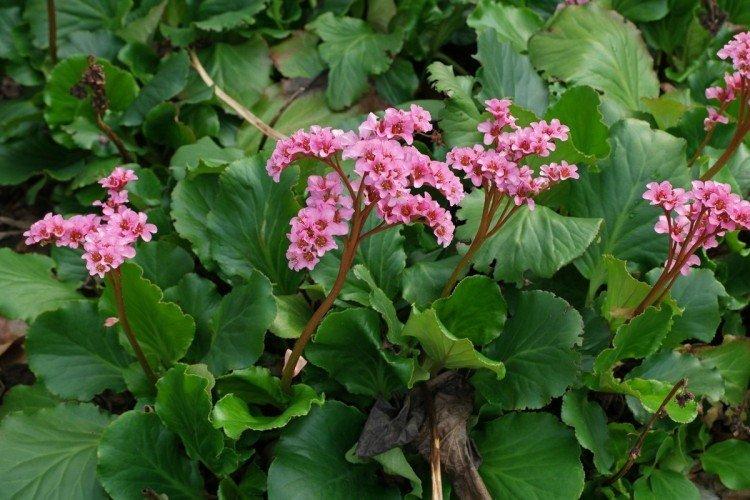
Transfer
Badan does not need to be transplanted regularly, and it can live in one place for tens of years. But if the soil is depleted, or the flower has grown a lot, it can be transplanted once every 5-6 years, simultaneously multiplying by division.
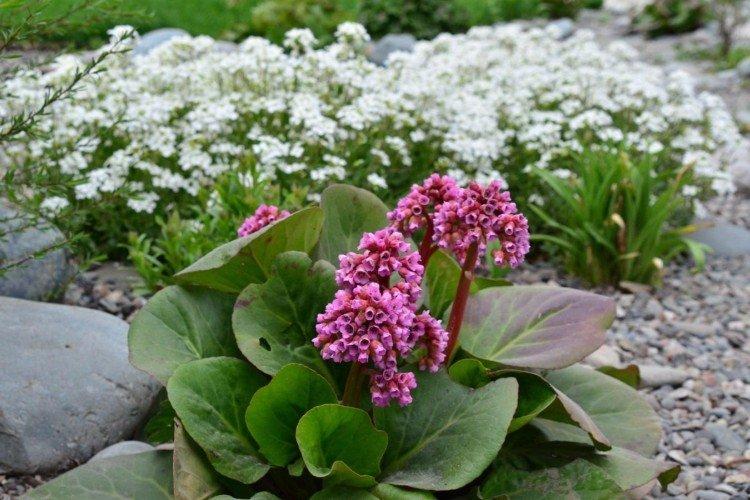
Wintering
Young plants and sensitive varieties should be covered with leaves or spruce branches in winter. But frost-resistant berry does not need shelter at all, but you do not need to remove its own dry leaves until spring.
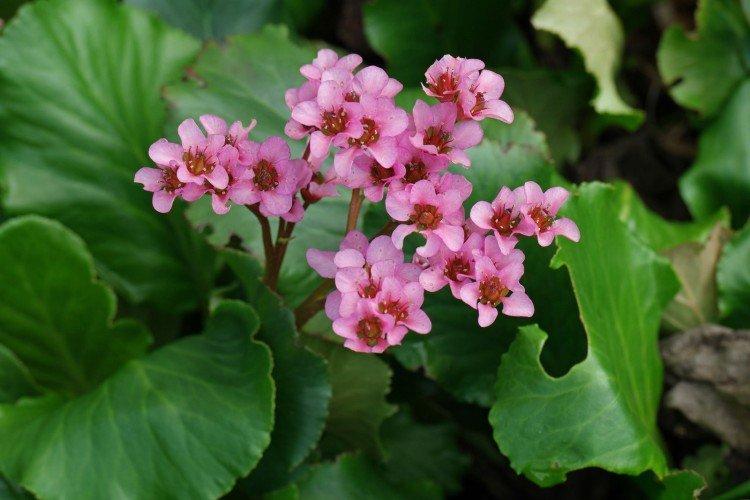
Planting and breeding
Shortly before winter, berry seeds can be planted in containers in small furrows about 5 mm deep. Be sure to leave the distance between the seeds at least 3 cm. Sprinkle with earth on top, and then take the crops out into the garden and bury them in the snow.
Bring the container home in early March and leave it in the shade at 18-19 degrees. In about 3 weeks, the first shoots will appear. Be sure to water regularly, loosen the soil, and thin out the seedlings as needed.
In May, you can dive them, and a couple of weeks before transplanting, gradually temper them on the street. In the open ground, badan seeds are transplanted at the beginning of August. Be sure to mulch the area to protect young roots from overheating and drying out.
An adult plant reproduces well by division, because independent rosettes are gradually formed on separate parts of the root system. Divide only tall, healthy bushes after flowering, and leave 2-3 of the healthiest leaves on each division.
Plant them immediately to a permanent place at a distance of about 35 cm and to a depth of 3-5 cm. They quickly take root, but for the first couple of years they are actively growing foliage. But after 2-3 years, the young berry should already bloom.
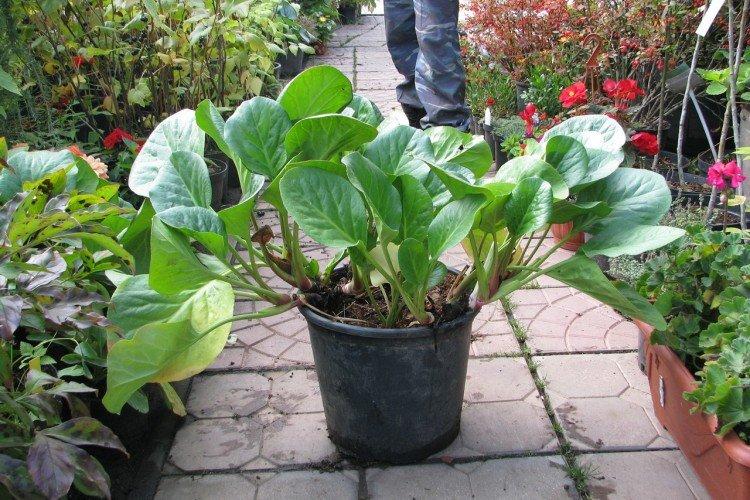
Pest and disease control
Badan very rarely gets sick or suffers from pests due to the specifics of its juice. The most common problem is fungus that grows on too wet soils. But competent care, the right choice of terrain and fungicides help from it.
Some varieties of badan suffer from pennitsa. In this case, insecticide treatment is sufficient. It is more difficult with root nematodes, which quietly destroy the plant. A heavily damaged flower will have to be removed from the root, treated with chemicals around the soil and not to plant anything there for at least a year.
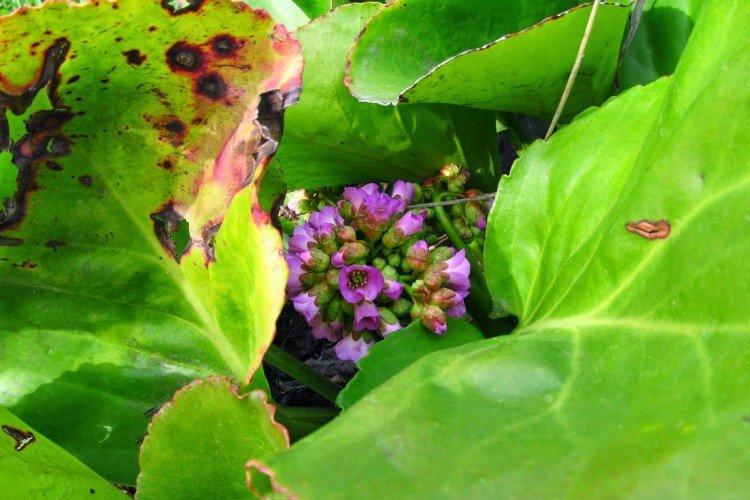
Badan - photo
Lonely berry bushes are not too noticeable. But look how wonderful it looks in group plantings!
